There has long been a misconception that fat is the cause of high cholesterol, heart disease, cancers and all things evil to mankind.
Unsurprisingly the people in the world that live and breathe health and fitness have had diets high is both fats and proteins for decades!
Fat has several roles and benefits.
1. Our cell membranes are made of fats, so the softer and healthier those cell walls are the more permeable they become for cell to cell communication
2. This is particularly relevant when it comes to our brain. Our brains are made out 60% fat so having a diet higher in healthy fats improves our memory, concentration and even our mood. Our nervous system is also affected by fats for this reason
3. Fat provides a vital energy source for us. By teaching your body to use fat for fuel you can in fact use fats for energy instead of carbs. (Which in fact make most people sleepy if they are insulin resistant)
4. Fats from the diet provide two types of fats (Omega-6 and Omega-3), that the body cannot produce itself. This makes them essential fatty acids. Linoleic acid (omega 6 fatty acid) Linolenic acid (Omega 3 fatty acid). Omega 3 fats (ALA, DHA, EPA) keep our cells more fluid and increase insulin sensitivity
5. Fat helps transport vitamins A,D,E and K
6. Omega 6 essential fatty acids are considered “pro- inflammatory” and Omega 3 fatty acids are considered “ant-inflammatory”. In today’s diet we have a 20:1 ratio of Omega 6: Omega 3. This imbalance may explain the rise of inflammatory conditions such as asthma, heart disease and some cancers.
The Bad “Healthy Fats”
Before telling you about the best fats, make sure you steer clear of anything that contains Trans-fats. They are an artificial man made fat that occurs in man- made, processed foods. They taste great but damage your brain, decrease your IQ, memory retention, concentration and have been linked to some cancers. Think fried fast foods such as KFC.
I would also recommend steering clear of many vegetable and seed oils such as…
· Sunflower oil
· Cottonseed oil
· Soybean oil
· Rapeseed oil
· Canola oil
· Sesame oil
· Safflower oil
· Corn oil
· Peanut oil
· Rice bran
Why? These fats are extremely high in Omega 6 which is inflammatory. If we have too much inflammation in the body, over time we begin to oxidize or should I say rust from the inside. These can affect our moods and shut many of our bodies systems down as your body works hard to repair itself.
Avoid cooking with these types of fats and oils as you want to use fats that are stable and do not go rancid and don’t oxidize.
For more information check link 1 and link 2 which are great resources and cover this topic in more detail.
Also avoid corn flour which can be found in many processed foods. It stops the hormone Leptin, which tells you are full, from switching on which of course makes it very hard to know when you are full.
The “Good Fats”
THE BEST TO COOK WITH:
2. Lard/ Full Fat Grass Fed Butter
3. Ghee
THE BEST TO EAT ARE:
1. Avocado
2. High Quality Fish Oil (Omega-3 or EPA/DHA)
3. Nuts- Almonds, Brazil, Pine, Macadamia, Hazelnuts, Cashews, Pistachios, Walnuts (within reason of how many you have a day as it is very easy to over eat these)
4. Grass Fed Beef
5. Extra Virgin Olive Oil (Can be used for salads or cooked at a lower heat)
Do your best to rotate the fats you cook with. Eat too much of a few good things and this can be detrimental and cause intolerance's if consumed for long enough.


















